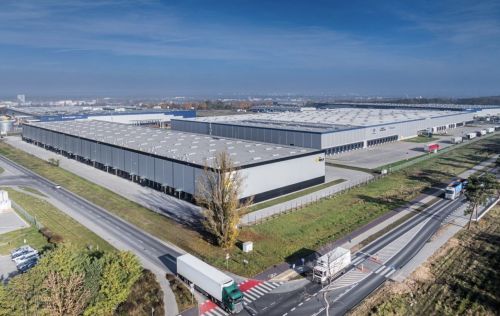Even after the recent publication of good data for the Polish economy, the indexes of the Warsaw Stock Exchange continued to slide and the WIG-Construction index slumped to its lowest ever level. The last ten days of August brought some calmness to the global markets, which was partly due to making up for some of the losses incurred during the dramatic price reductions in August. A lot of this mood was connected to the fact that we have not reached the expected turning point that would signal the return to growth. Analysts emphasise that it is now hard to judge when such a turning point might occur - as no-one has yet come up with a recipe for ending the debt crisis afflicting developed countries. Central banks cannot cut interest rates because they are already at record lows and governments cannot pump money any more money into the economy because they are already too saddled with debt. Therefore such measures as in 2008, which triggered a market boom during 2009-2010, are no longer a
























































